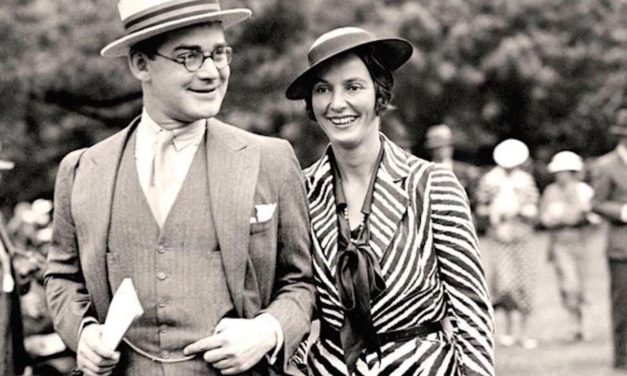2010-2019
Building on fashion blocks that were laid in the 1920s, fashion in the 2010s reached peak informality while also moving at warp speed. In the 2010s, fashion changed and traveled quickly thanks to new social media platforms and technology. As image-based social media platform Instagram exploded onto the scene, the ability to access or share fashion instantly was literally in everyone’s hands. While the voyeuristic nature of social media may have inspired some to dress to impress, one of the overarching trends of the decade was athleisure and a move towards casual dressing, which eventually even hit the runway.
Read More














